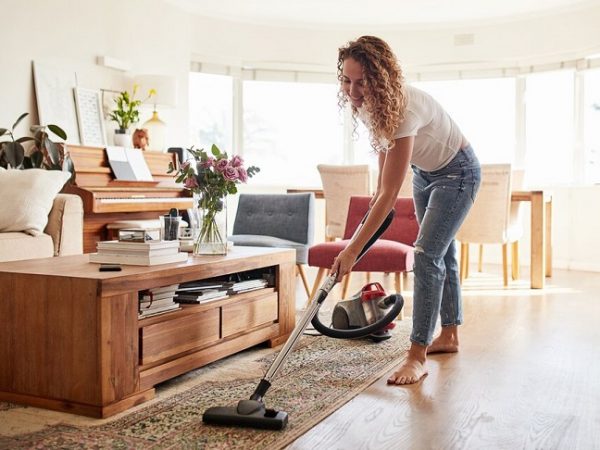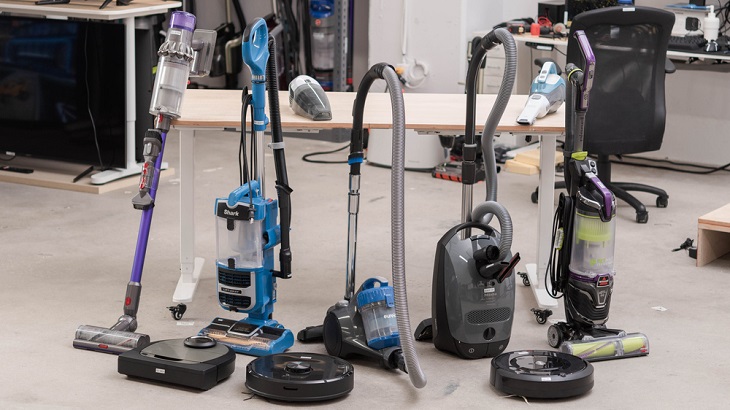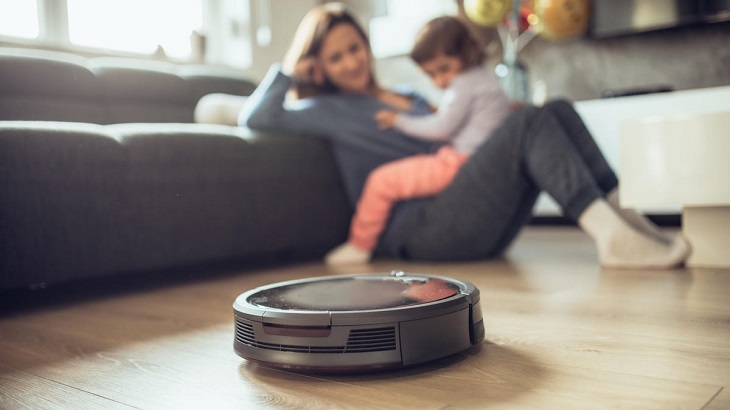25
Aug

In the past, people used to spend hours cleaning their houses using traditional ways. Fortunately, today we have smarter and more effective tools that help us save time and also improve our life quality. Vacuums are one of these tools. These gadgets have evolved a lot through the years, becoming a must-have instrument for cleaning dirt and dust in every modern home.
Considered one of the most useful household gadgets ever created, vacuum cleaners not only provide an efficient method of cleaning the floor but also help improve air quality and reduce the danger of allergic reactions. Available in different models and with different features, the right vacuum cleaner will change your home into a cleaner, more pleasant, inviting, and fresher environment.

The best type of vacuum cleaner is the one that fit your needs. The vacuum cleaner you select should be determined by criteria such as:
Let’s take a look at the different types of vacuum cleaners available and their pros and cons. Some might be better than others for your specific needs.
One of the earliest, most ubiquitous, and most popular vacuum cleaners is the upright style. It features an easy-to-understand tilt and push ergonomic design and a brush that is powered by a motor and suction to remove dirt. It is most effective and efficient for cleaning big carpeted areas as it contains a sensor that successfully removes particles from carpet strands.
Pros: Also includes an option for cleaning bare floors that turns off the brush roll, can be adjusted in height, and attachments are occasionally necessary to reach tight places.Cons: Difficult to push and pull due to its robust build.
A stick model is slim and lightweight, and it is ideal for rapid cleaning. It is shaped like a broom and has a simple design that makes it easy to store. The motor, which is situated beside the stick, produces modest suction. This style is useful for getting past furniture and in tight places. It may be used to clean small carpeted areas as well as hardwood floors. It’s perfect for cleaning the kitchen and the bathroom.
Pros: Can be converted into a handheld vacuum and also includes an option for cleaning bare floors that turns off the brush roll.Cons: Comes with fewer attachments and is not very strong, so it shouldn’t be used for thorough cleaning. It may also have a shorter battery life than other varieties.
With this vacuum model, a retractable suction hose connects a long wand to a cylinder-like device. It is driven by a motor and contains a dust-collecting receptacle. It can clean hardwood floors, tiles, carpeted areas, vehicles, walls, ceilings, corners, and all kinds of upholstery.
Pros: Has several attachments and can function on a range of surfaces.Cons: For storage purposes, it is larger than other variants.
It is a compact, portable, and lightweight vacuum cleaner that is ideal for cleaning on the go. It is small enough to be held in one hand. It comes in a variety of styles, some with a cord and some without. Some have a spinning brush, whereas others do not.
It is sometimes used in conjunction with an upright model. It is used for cleaning tiny or difficult-to-reach locations such as automobile interiors, tables, staircases, and corners. It is ideal for cleaning crumbs and spills, getting rid of fine debris like hair from upholstery and cleaning up after children and pets.
Pros: It’s less expensive than other models.Cons: It’s not a full-size vacuum and cannot be used for routine floor cleaning
It is a sensor-controlled automated vacuum cleaner. It requires little effort because it does not require any moving. After selecting the settings and entering the instructions through the remote control, it can clean without monitoring. It may be used to clean corners, tiles, carpets, and wood surfaces.
Pros: It’s small, doesn’t require a cleaning bag, and makes less noise.Cons: It’s always cordless, which means it must be charged on a regular basis. Because it is automated, it is more expensive than other sorts of models.
